Experience Dubrovnik
The Riviera of the city of Dubrovnik stretches for more than 250 km of coastline, full of the beauty of the lush vegetation of the South Adriatic.
Here is a rich fertile soil, the Neretva Valley, also known as the "valley of mandarins".
Cities / towns: Metković, Opuzen, Ston (Peninsula Pelješac), Orebić
Attractions
Today, Dubrovnik is one of the world's tourism centers, where people of different profiles from around the world are happy to meet: artists, diplomats, scientists, various experts in all possible professions and crafts.
City walls
The most important landmark of Dubrovnik and visually the most dominant city symbol, is an impressive medieval edition that with the fortresses of Minčeta, Revelin, Bokar and Sveti Ivan on its edges forms a recognizable historical shield of the city.
Stradun (Square)
The central street of Dubrovnik, the city's "vein" at the ends of which, since the 15th century, there are two Onofrio's fountains.
Church of St. Vlaho
The monumental baroque church is located at the junction of two main urban communication axes and public gathering spaces in Dubrovnik - Place and Pred dvorom.
Other cities
Orebić
The town of Orebić, known as the center of maritime affairs in the 18th century, is today a popular destination for art historians and is recognizable for its divine gardens in which grow the most exotic plants brought for centuries from all over the world.
Ston
Part of the former Republic of Dubrovnik, the Peljesac peninsula, with its 5.5 km long walls of the stone town of Ston, which still defended the approach to the famous Republic, was an important strategic point. Peljesac is a well-known kingdom of wine lovers Dingač, the most esteemed Croatian wine.
Islands
Korčula
The town of Korčula is a historically fortified town on the east coast of the island of Korcula. Ever since the world navigator Marco Polo set sail for terro incognito from his native island of Korcula, his knightly town, which arose on the remains of a Greek colony, has slowly grown into a kind of stone urban sculpture of regular lines, well preserved to this day.
Among the more significant historical sights there is the Gothic-Renaissance Cathedral of St. Mark.
Lastovo (nature park)
This remote archipelago is distinguished by the exceptional indentation of the archipelago, greenery and the unique folklore heritage of the islanders. One of the reasons for the preservation and special atmosphere of peace and quiet is the distance of the archipelago, which is traveled from the mainland by more than four hours.
The most experienced sailors who reach Lastovo waters will not miss a visit to one of the famous Lastovo lighthouses, especially Glavat on a small island east of the main island of Lastovo or Susac, located on the rugged cliffs of this island lost far out to sea.
Mljet (national park)
The most important protected area in the south of Dalmatia is the Mljet National Park on the island of the same name. The park encompasses the western part of the most beautiful island in the Adriatic, which is adorned with lush and diverse Mediterranean vegetation. There are two deep bays, which are called lakes due to very close connections with the open sea - Veliko and Malo jezero.
The beautiful beach Blace is the largest sandy beach on the island of Mljet and has the shape of a lagoon.
Photo gallery
General information
The Dubrovnik region is located in southern Dalmatia. Get to know the ancient maritime homeland on the Pelješac sailing peninsula with the Maritime Museum in the cradle of naval captains Orebić, the birthplace of sailor Marco Polo in Korčula, the historic city of Dubrovnik which for centuries functioned as an independent Republic of Dubrovnik and the continuation of tradition in modern sea and river ports.
Economic and administrative center:
Dubrovnik
Peninsula:
Pelješac
Islands:
Korčula, Mljet, Šipan, Lastovo

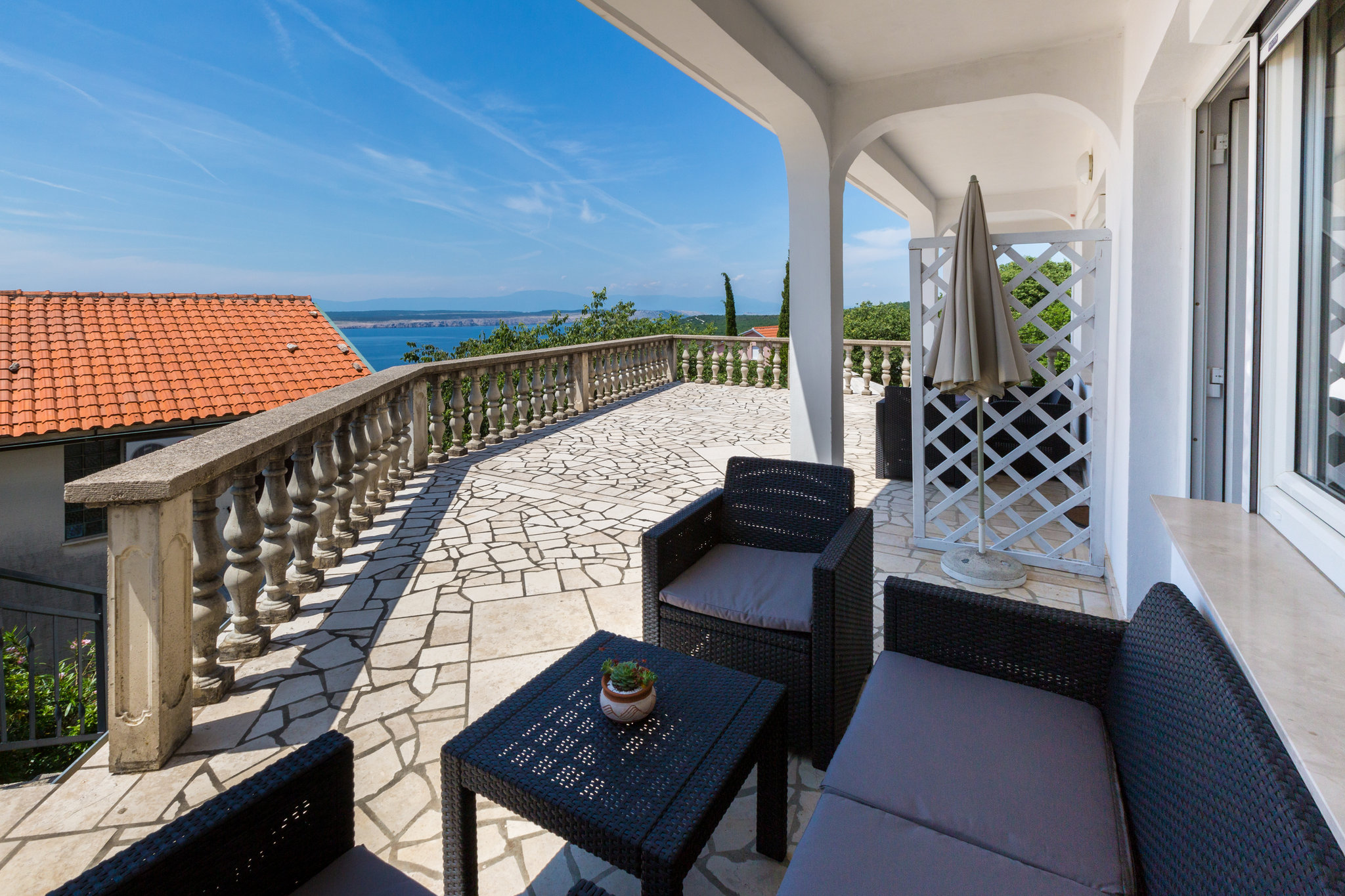
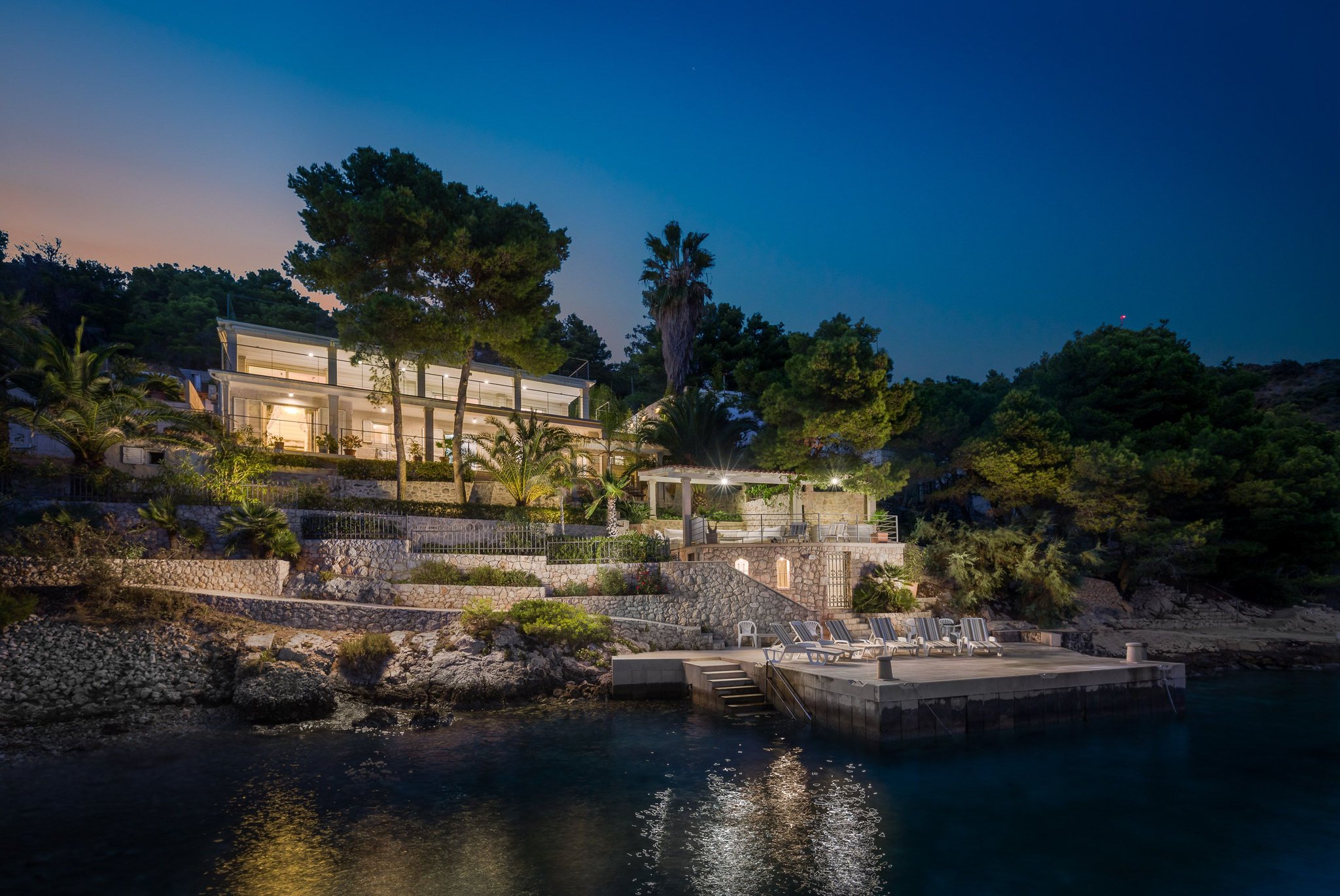
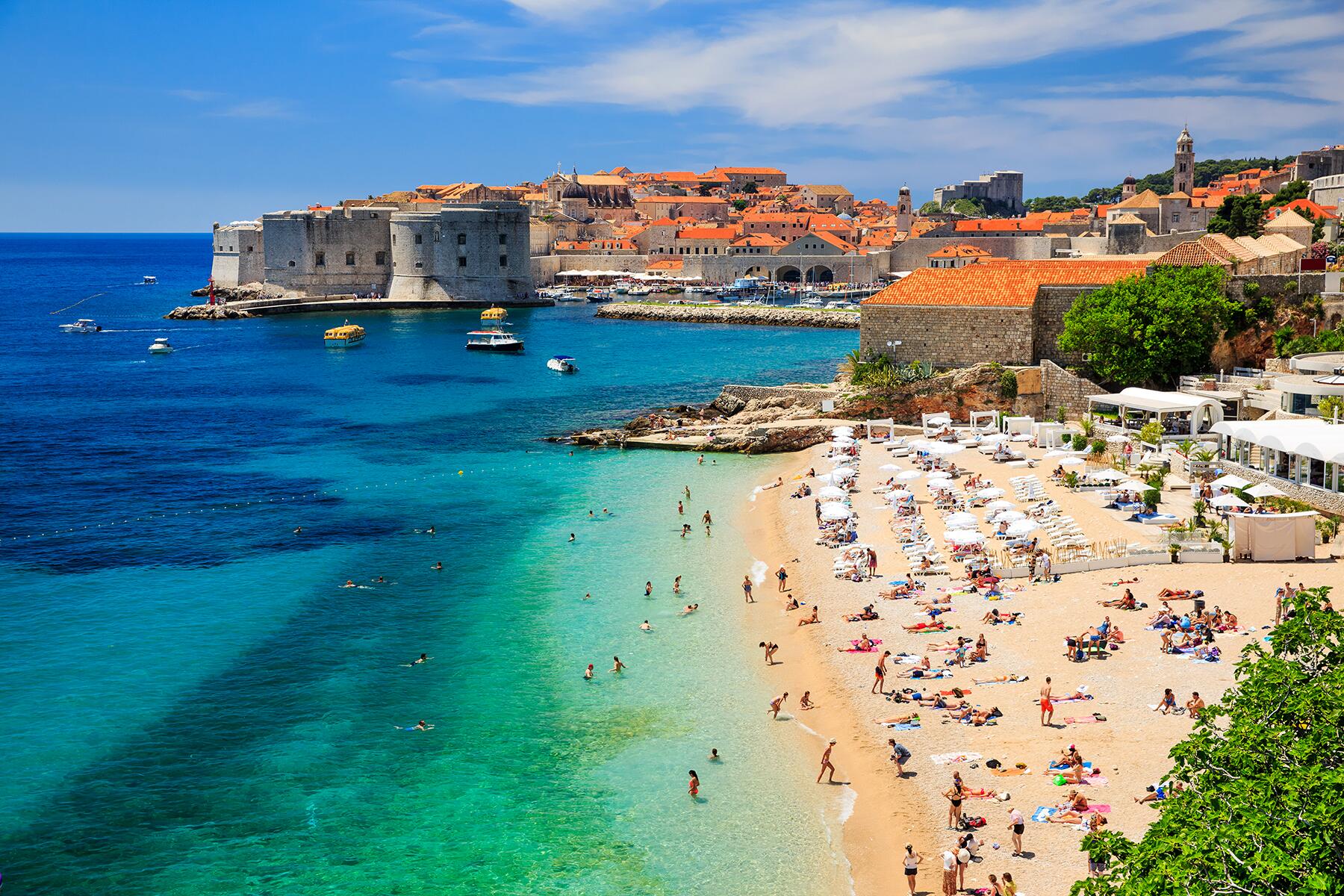
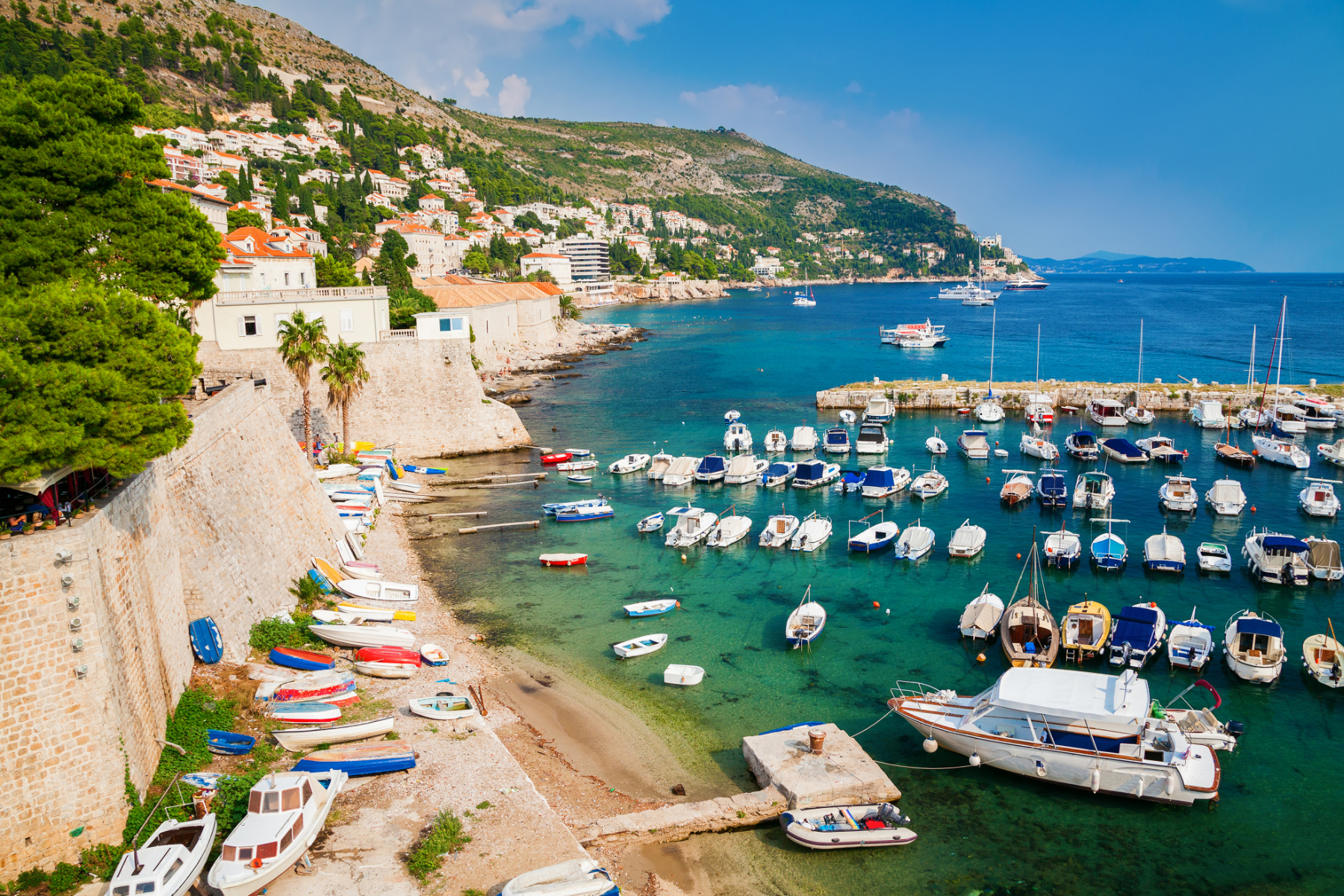
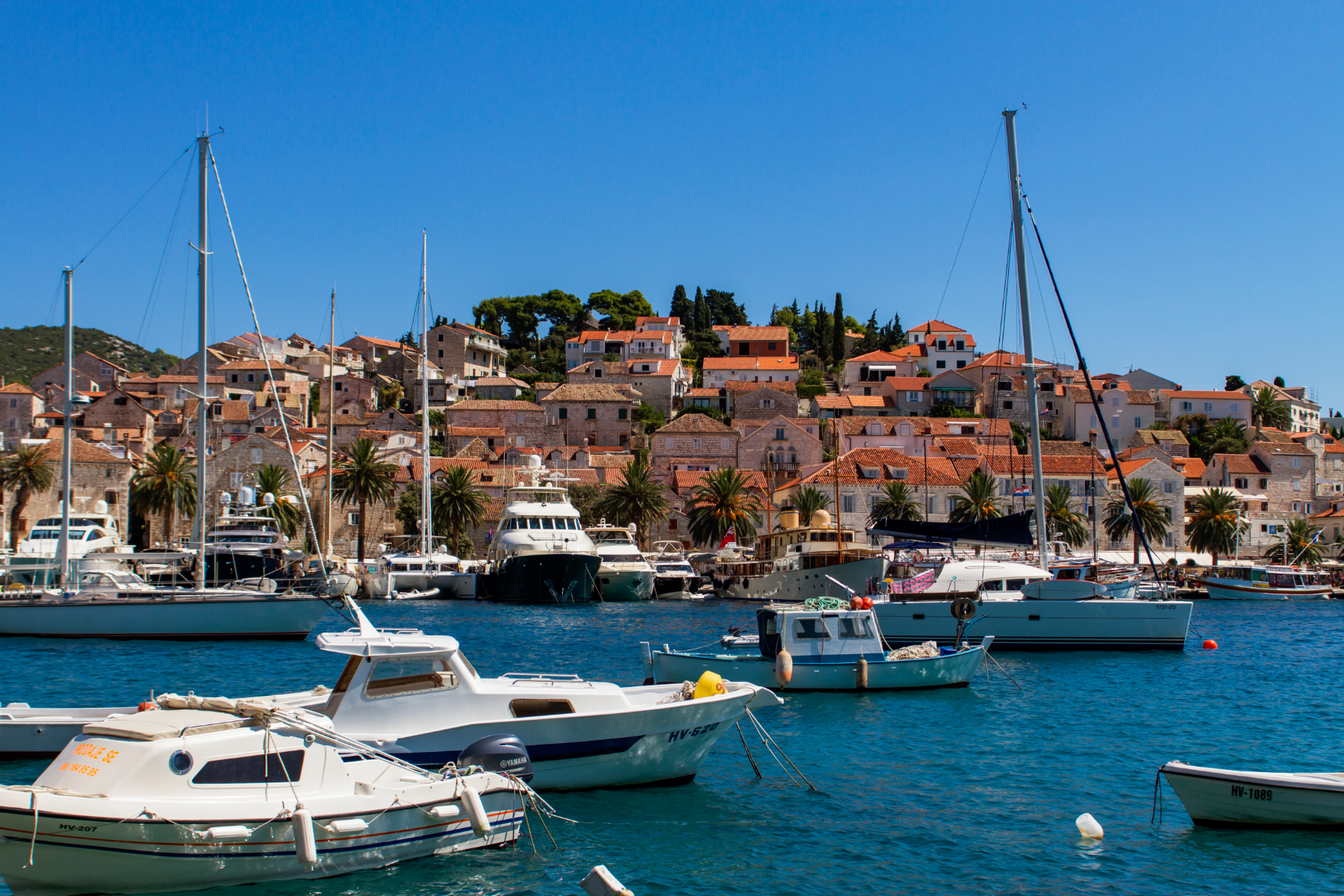
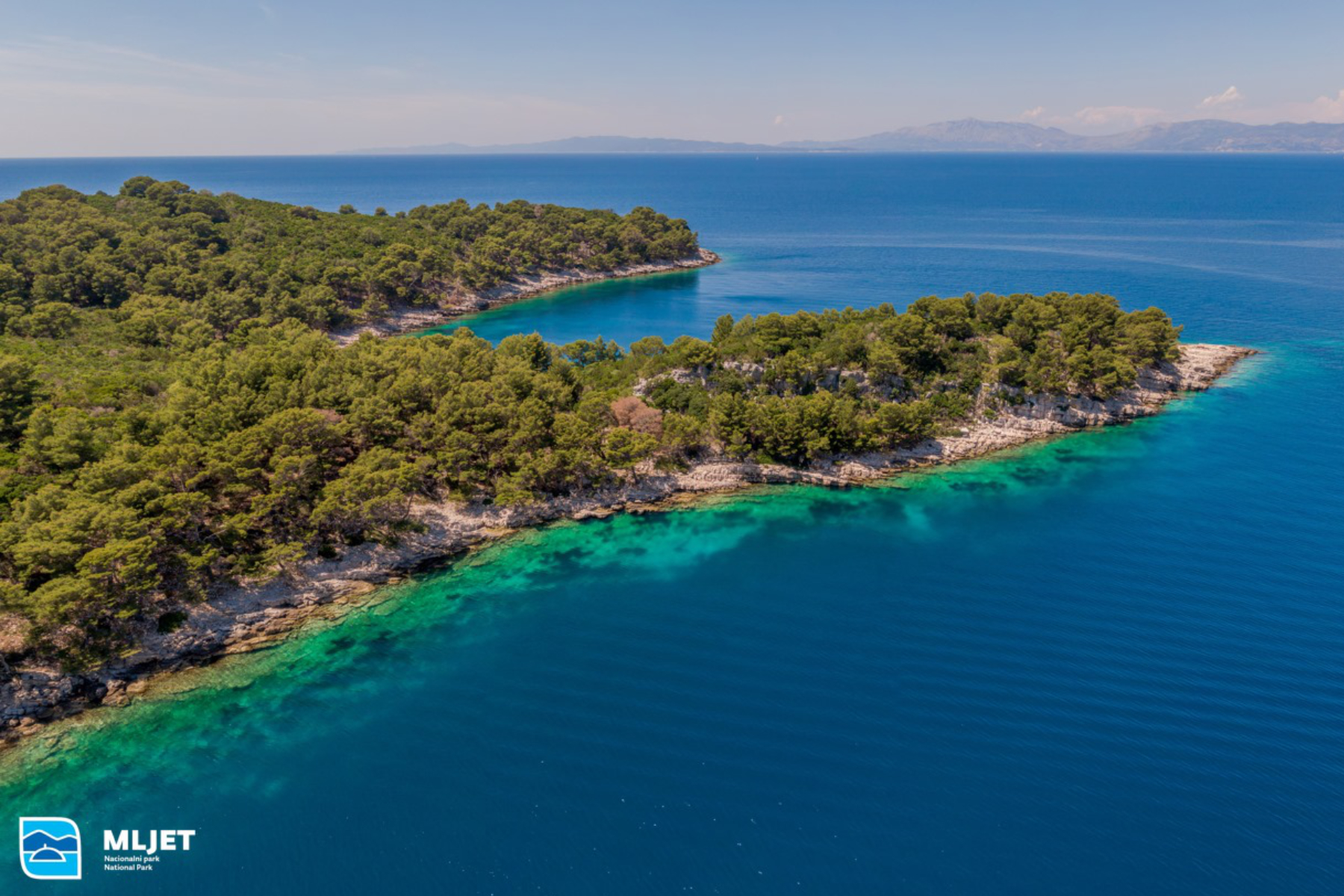

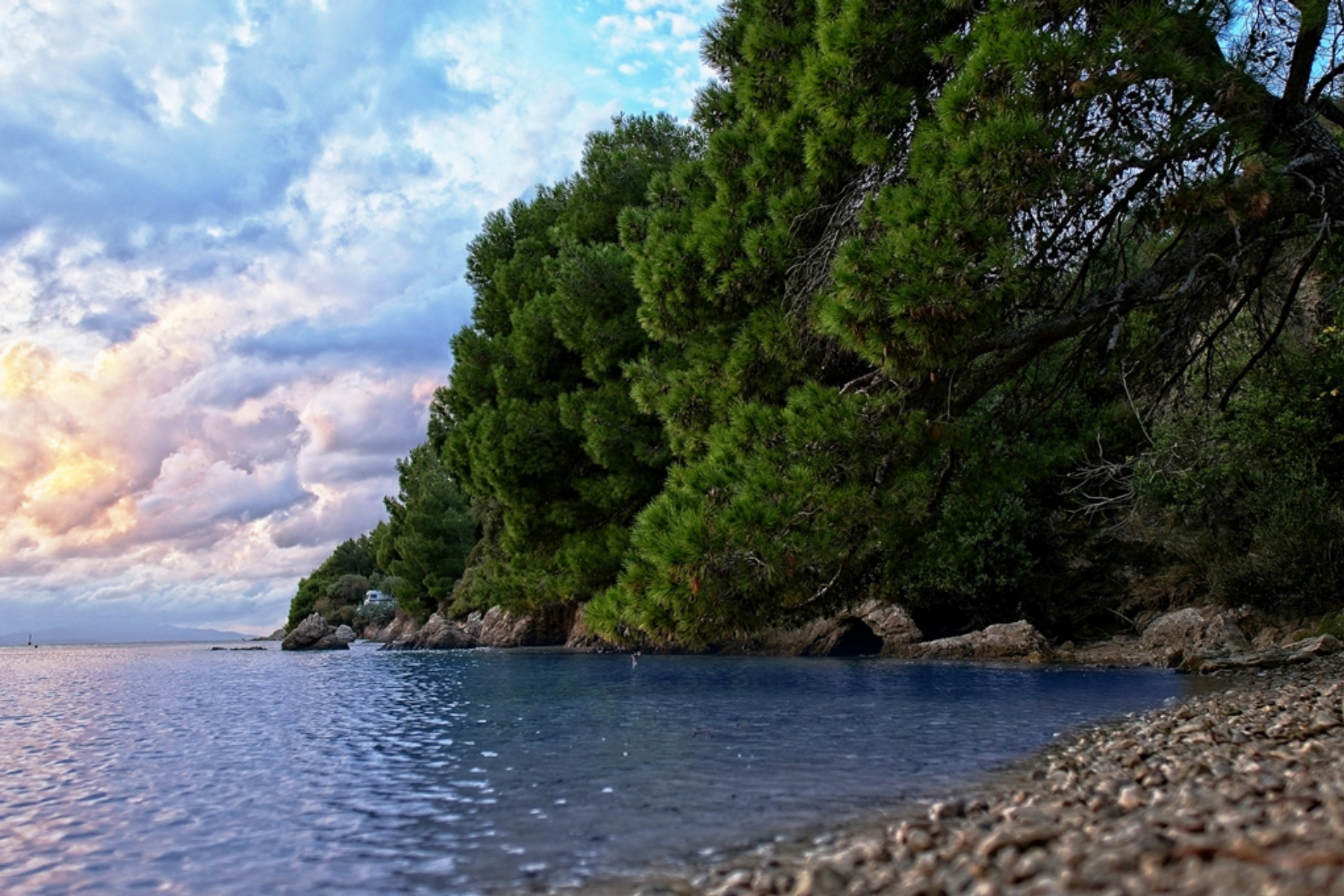
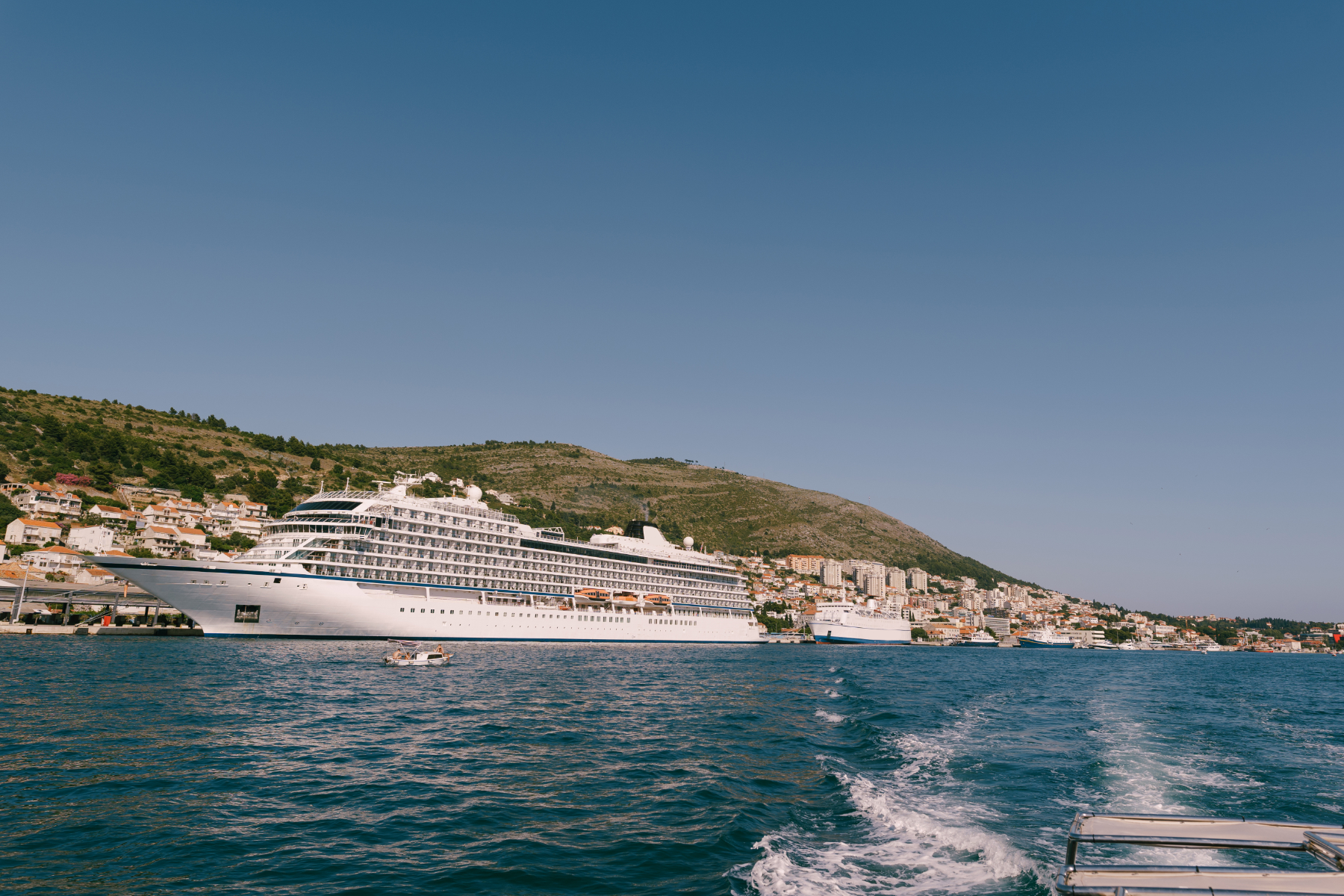



Share: